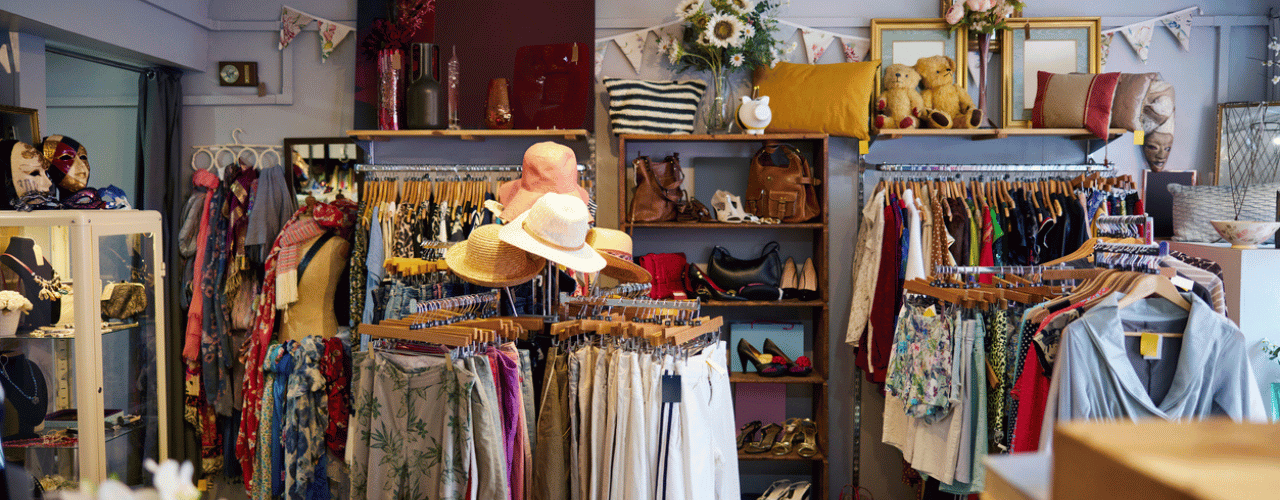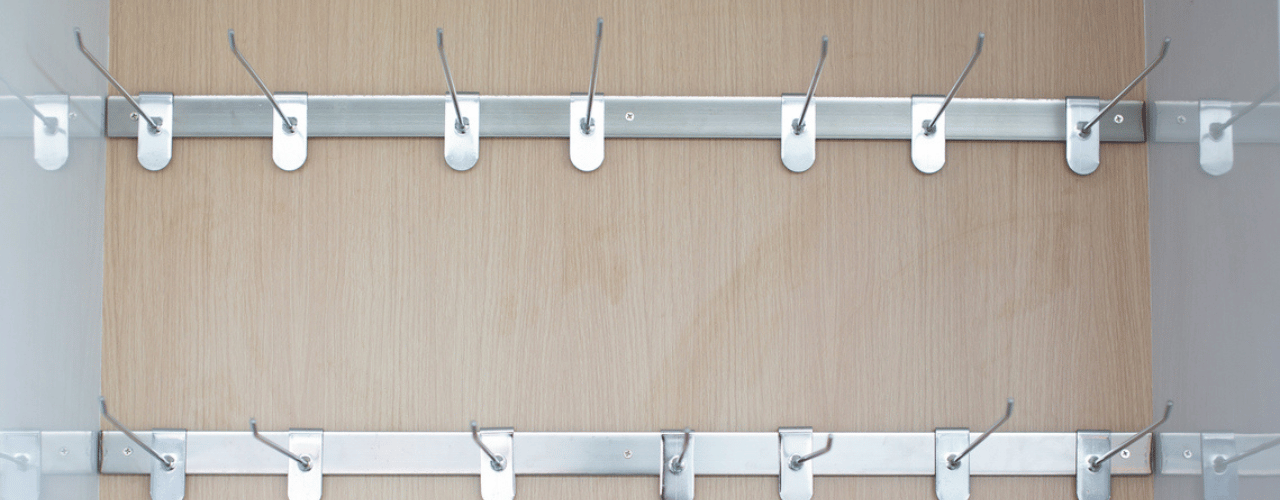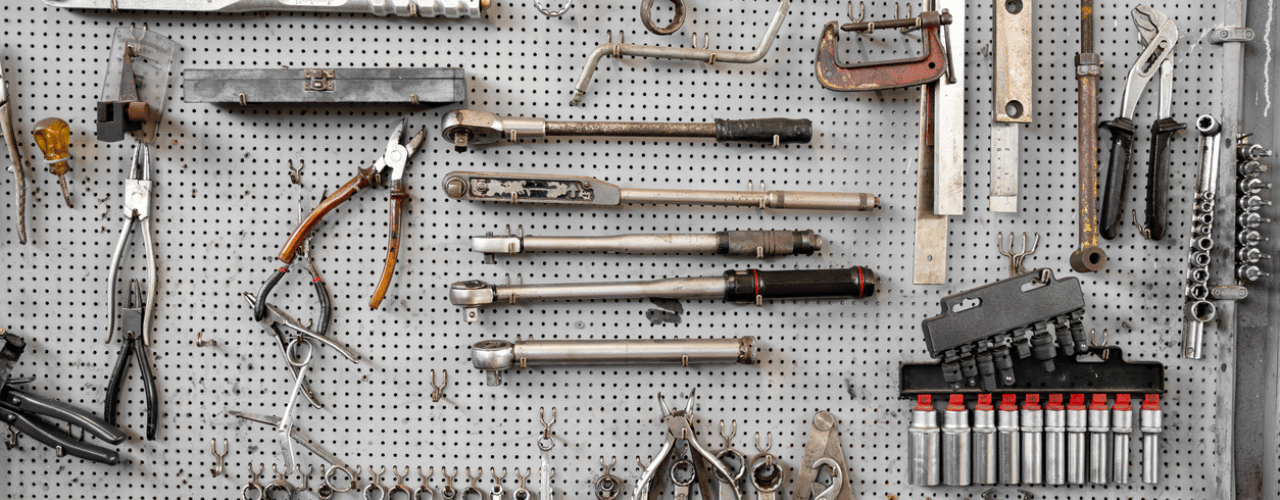The layout of a retail store is a powerful tool for influencing customer behaviour. Well-chosen fixtures guide shopper flow and decide whether a customer can find what they need. Before any major investment, a retailer must think about how their physical environment will support sales. Selecting the wrong type of shelving or display system can quickly lead to wasted space, poor presentation, and frustrated customers who leave without buying. Making informed choices ensures your investment pays off by creating an organised and commercially successful space.
How Can Your Store Layout Control Shopper Movement?
A customer’s journey through a store is rarely random. It is deliberately orchestrated by the placement of gondolas, racks, and wall displays. Creating defined pathways, starting with a decompression zone at the entrance and leading customers around the perimeter before they encounter the centre fixtures, is a proven technique to maximise exposure to high-margin items. Shop fittings UK are the essential physical elements that allow this control.
Using specific fittings to create barriers or bottlenecks can slow the shopper down at key decision points, such as near a till point or at the end of an aisle. This subtle guidance transforms passive browsing into active discovery, encouraging customers to see more of what you’ve got to sell. The placement must always be comfortable though, as an overcrowded space creates anxiety and drives shoppers away quickly.
Which Display System Suits Your Product Category Best?
Different products require fundamentally different presentation methods. A heavy-duty gardening tool cannot be displayed in the same way as a delicate piece of jewellery.
- Apparel: Requires hanging rails, tiered tables, or mannequins to showcase the garment’s cut and fabric. Hooks and shelving are generally ineffective for clothing.
- Electronics: Needs secure, locking cabinets or robust shelving capable of supporting weight and accommodating security tags without damaging the stock.
- Small Accessories: Pegboard or slatwall systems are ideal, using hooks to present items individually, making them easy to pick up and examine.
This is why generic, off-the-shelf shelving often fails. It lacks the required flexibility and specialised design features necessary for specific retail sectors. The fixture must physically complement the item it holds.
Why is Customisation Necessary for Odd-Shaped Stock?
Many retail products do not conform to standard box or rectangular shapes. Items like sporting equipment or industrial parts require specialised solutions. Trying to force these items onto generic shelving creates messy, unstable displays. Shop fittings UK designed for adaptation allow retailers to use modular components, such as adjustable dividers, cantilevered shelves, or custom hook configurations.
For example, a retailer selling fishing rods needs a system that can securely hold long, slender items vertically without them slipping. A pet store stocking bulky bags of feed needs heavy-duty shelving that can withstand significant weight distribution. Investing in a system that can be specifically configured to the product’s dimensions ensures every item is presented securely and attractively, regardless of its unusual shape.
How Does Display Lighting Affect Buying Decisions?
Lighting is a deeply underappreciated element. Incorrect lighting can make high-quality products look dull, distort colours, and make labels hard to read. Conversely, integrated lighting, where LED strips are built directly into the shelving units draws immediate attention.
This strategic illumination guides the customer’s eye, often making a product seem more premium or desirable. When buying shop fittings UK, consider fixtures designed with channels or grooves that make adding discreet, low-voltage LED systems simple. Lighting should be treated as an extension of the display itself, serving to showcase the product.
What is the Lifespan of Retail Fixtures?
A component’s expected lifespan is a crucial consideration. Cheaply sourced fittings may offer immediate savings but often require replacement within a year or two due to bending, chipping, or premature failure. This generates unexpected operational costs and disrupts the sales floor when repairs are needed.
High-quality shop fittings UK, typically constructed from commercial-grade steel, powder-coated metals, or durable wood laminates, are designed for years of continuous use. They maintain their structure and finish even under heavy load and constant customer interaction. A long-lasting fixture provides better return on investment and ensures display continuity, contributing to a professional brand image over time.
For an in-depth consultation on optimising your specific retail floor plan and selecting materials that guarantee longevity, call our design experts today. We provide bespoke layout advice tailored to your market sector and stock volume.
How do Gondola Ends Influence Impulse Purchases?
The end of an aisle is one of the most profitable display areas in any store. Positioned at high-traffic intersections, these areas are primarily used to promote seasonal stock, clearance items, or high-margin impulse buys. The shop fittings UK used here must allow for maximum flexibility and rapid change.
An end cap must be able to convert from holding baskets of clearance items one week to supporting tiered shelving for confectionery the next. Fixtures for this area need quick-connect mechanisms that allow staff to dismantle and reconfigure the display in minutes, capturing sales opportunities as soon as they arise. These high-visibility zones are where adaptability directly translates into increased revenue.
What Factors Determine Fixture Load Capacity?
If shelving sags under a heavy weight, it immediately gives a negative impression of the store’s quality and professionalism. Load capacity is determined by the material gauge, the support structure, and the wall anchoring method.
- Shelving: Heavy loads require reinforced steel brackets and thicker shelf material to prevent bowing in the centre.
- Brackets: Must be tightly engineered to distribute weight evenly across the entire support channel, not just one point.
- Wall Anchoring: Display walls must be secured directly into studs or joists, using heavy-duty bolts appropriate for the total estimated weight of the fixture and its full stock.
Fittings that are properly rated prevent operational failure and ensure the display always looks tidy and trustworthy.
Why is Modular Design Key to Futureproofing?
Retail is subject to market shifts and product trends. Buying fixed, specialised shelving can quickly become a liability if the business needs to pivot its product offering. Modular shop fittings UK provide the essential flexibility required to future-proof an investment.
A modular system uses interchangeable components, meaning the same back panel can accept hooks, shelving, baskets, or rail systems. This allows the retailer to completely transform the function of an entire wall section without having to replace the core fixture structure. That versatility is vital for startups and growing businesses which anticipate needing to modify their retail space frequently.
How do Fixtures Support Inventory Management?
Accurate stock control is significantly simplified by a well-organised display system. When products are neatly displayed on hooks or clearly arranged on shelves, staff can immediately identify gaps and low stock levels. This visible inventory reduces the time spent counting and searching for misplaced items.
- Visibility: Clear sightlines prevent items from being accidentally overlooked or hidden behind other products
- Organisation: Dedicated spots for every product minimise clutter and speed up the restocking process
- Efficiency: Faster stock checks reduce the chances of running out of popular items, which directly prevents lost sales
Choosing the right shop fittings UK improves efficiency, allowing staff to spend less time on administration and more time assisting customers on the sales floor.
What is the Significance of Floor-to-Ceiling Solutions?
For smaller commercial units in the UK, it is imperative they use every available inch. While standard shelving often stops short of the ceiling, wasting valuable storage volume, floor-to-ceiling fittings allow retailers to reclaim this space.
While products at the highest levels are not easily accessible to customers, this area is perfect for storing overflow stock or bulky seasonal displays, dramatically reducing the need for backroom storage, which is an advantage in high-rent locations where every metre counts.
Find Your Retail Solution
Are you planning a new store fit-out or upgrading your current retail space? Get in touch with us today. We specialise in helping retailers across the UK select fixtures that are perfectly matched to their products and proven to drive commercial success.



